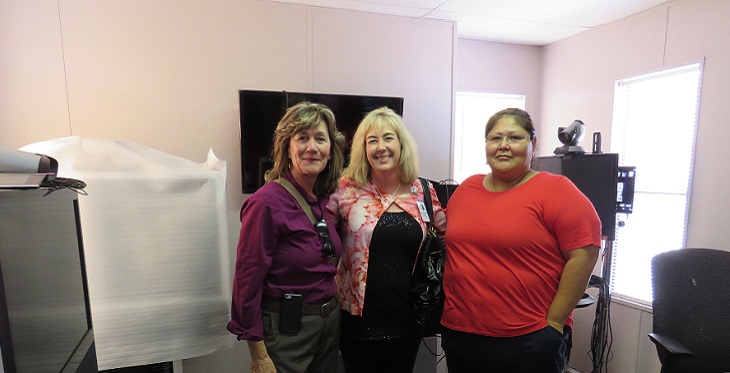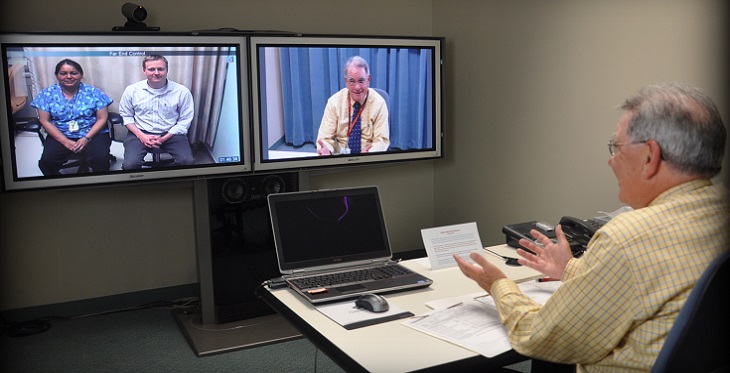Pediatric nurse practitioner Amber Wright schedules initial patient visits for 90 minutes. A follow-up visit is 60 minutes, or sometimes 45.
The reason for these longer-than-usual appointments is that Wright is certified in the field of developmental pediatrics, in which she focuses her practice on children with developmental disabilities.




